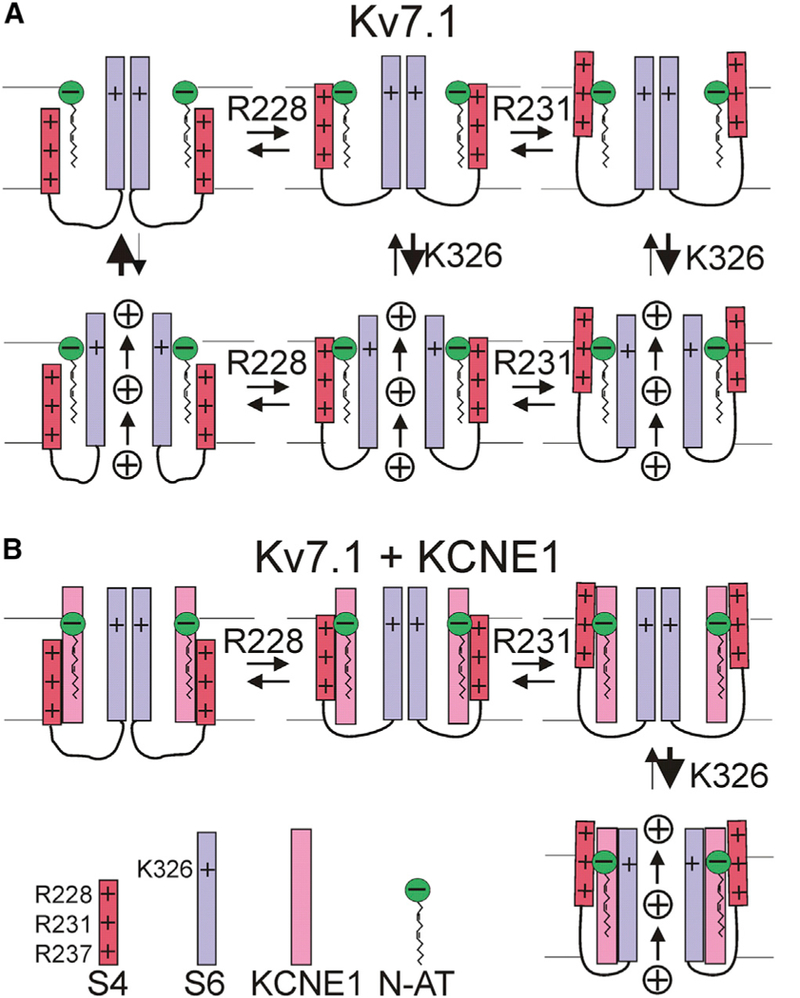Figure 7. Schematic Models of PUFA Analog Effects on Kv7.1 and Kv7.1+KCNE1.

(A) Effects of negatively charged PUFA analog on S4 movement (horizontal transitions) and pore opening (vertical transition) in Kv7.1. The Kv7.1 model is based on a published model (Zaydman et al., 2014), which describes that S4 moves in two transitions from a resting position at negative voltage, to an intermediate position around 0 mV and to a fully activated position at positive voltages. The first S4 transition has a V50 around −30 mV and the second around +20 mV. In this model, Kv7.1 can open from the intermediate S4 conformation, and the second S4 transition does not significantly increase the open probability. The residue number near each transition denotes the proposed residue mainly responsible for the effects induced by charged PUFA analogs on that specific transition. In our model, the PUFA analog electrostatically interacts with R228 (R1) in S4 to promote an intermediate S4 conformation and R231 (R2) to promote a fully activated S4 conformation. Because Kv7.1 opens from the intermediate S4 position, the effect of PUFA on the first S4 transition will have the largest effect on the V50 of channel opening for Kv7.1. In addition, the PUFA analog electrostatically interacts with K326 in S6 to increase K+ conductance by increasing the open probability (and potentially increasing the K+ ion concentration or single-channel conductance).
(B) Same as in (A) but for Kv7.1+KCNE1. The Kv7.1+KCNE1 model is based on a published model (Zaydman et al., 2014), which describes that S4 in Kv7.1+KCNE1 also undergoes two S4 transitions (with the first S4 transition has a V50 around −80 mV and the second around +20 mV), but that Kv7.1+KCNE1 only can open from a fully activated S4 conformation (Barro-Soria et al., 2014). Because Kv7.1+KCNE1 opens only from the fully activated S4 position, the effect of PUFA on the second S4 transition will have the largest effect on the V50 of channel opening for Kv7.1+KCNE1. In addition, the PUFA analog electrostatically interacts with K326 in S6 to increase K+ conductance.
